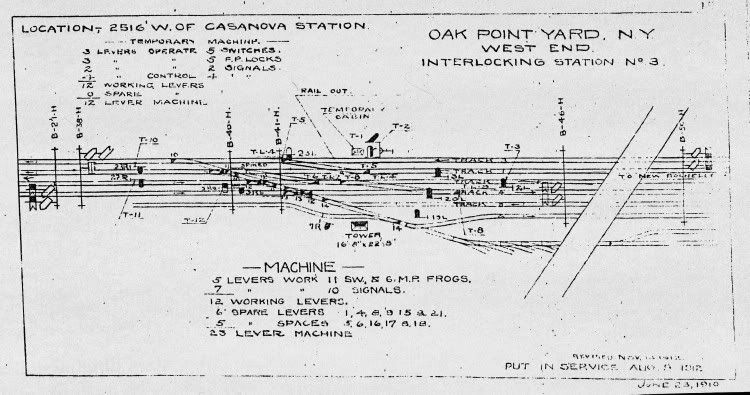by chnhrr
This may be slightly off topic
Here pictured is a series of brackets attached above the lower cord of the plate girder bridge that served the former NH and NYW&B lines over 136 Street. The brackets are also present on the 135th Street Bridge. I didn’t know what purpose these brackets served until I noticed the photo on my desktop showed this bracket type on a Waterbury bridge (circa 1954) supporting pipe lines from a nearby signal tower. The building shown to the right is the former location of the demolished Port Morris Station. Were these steel members for supporting pipe lines that served switching or signaling around the station, and if so where was the tower?
(photo courtesy Google-Paramino)
Here pictured is a series of brackets attached above the lower cord of the plate girder bridge that served the former NH and NYW&B lines over 136 Street. The brackets are also present on the 135th Street Bridge. I didn’t know what purpose these brackets served until I noticed the photo on my desktop showed this bracket type on a Waterbury bridge (circa 1954) supporting pipe lines from a nearby signal tower. The building shown to the right is the former location of the demolished Port Morris Station. Were these steel members for supporting pipe lines that served switching or signaling around the station, and if so where was the tower?
(photo courtesy Google-Paramino)
Last edited by chnhrr on Mon Mar 15, 2010 8:44 am, edited 1 time in total.
